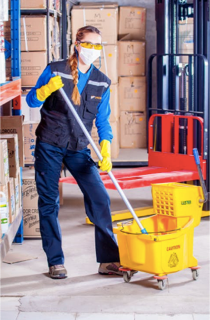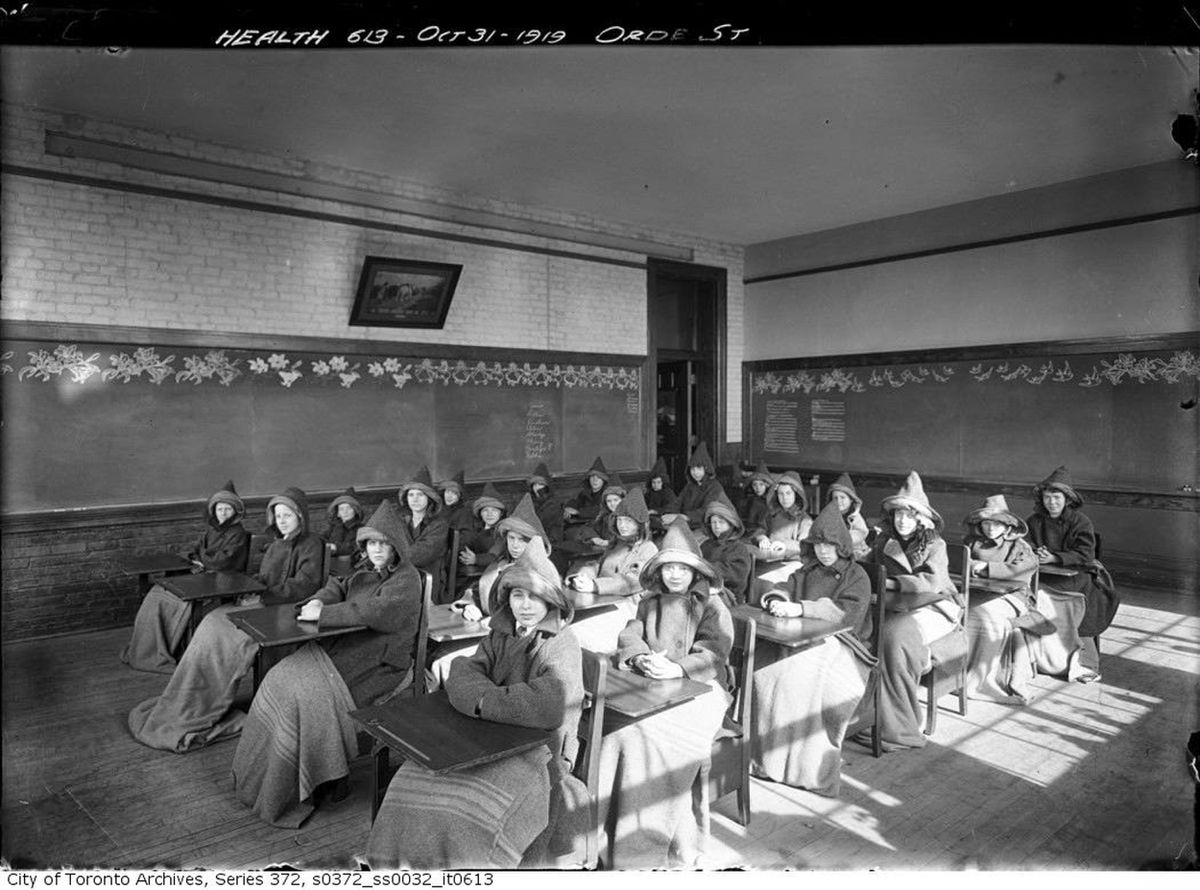On May 9, 2020, the provincial government approved an emergency order that allowed available school board employees to be voluntarily redeployed to congregate care settings during the COVID-19 pandemic, including hospitals, long-term care homes, retirement homes, and women’s shelters. Many of these congregate care settings are in need of staff such as custodial and maintenance workers.
“CUPE education workers have a strong sense of community and they know there’s a critical need for staffing in health, long-term care, and social services. Many of us have been looking for ways to lend our support and so we’re pleased to endorse this voluntary plan,” said Laura Walton, President of CUPE’s Ontario School Board Council of Unions (OSBCU).
Many education workers – including custodians, early childhood educators, and education assistants – are still on the job during Ontario’s school closures, working to maintain schools and support students who are learning at home:
CUPE members believe that high touch areas need the most attention. Keep it up! @PeelSchools @CUPEOntario @osbcucscso #WeHelpStopTheSpread pic.twitter.com/EY1eGW644y
— Cupe2544 (@CUPE2544) May 15, 2020
You wood not believe how Deere our carpenters and small engine mechanics take their jobs. @CUPEOntario @osbcucscso @PeelSchools #WeHelpStopTheSpread pic.twitter.com/XOlp80yc0r
— Cupe2544 (@CUPE2544) May 13, 2020
Good Morning @PeelSchools community! It’s time to repair what has been broken. Maintenance staff ensures community, students and staff safety everyday. Say hi when you see them! #WeHelpStopTheSpread @osbcucscso @CUPEOntario pic.twitter.com/g3AjMcpynM
— Cupe2544 (@CUPE2544) April 30, 2020
CUPE members have the training, knowledge and supplies for all the challlenges ahead. @CUPEOntario @PeelSchools @osbcucscso @castlebrookess pic.twitter.com/3dIqGrDX5p
— Cupe2544 (@CUPE2544) May 11, 2020





